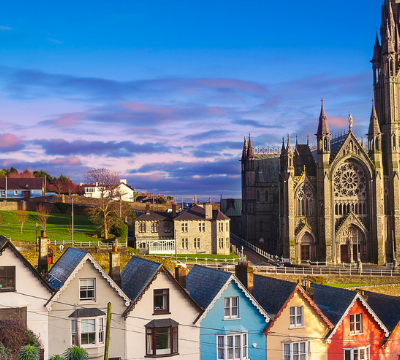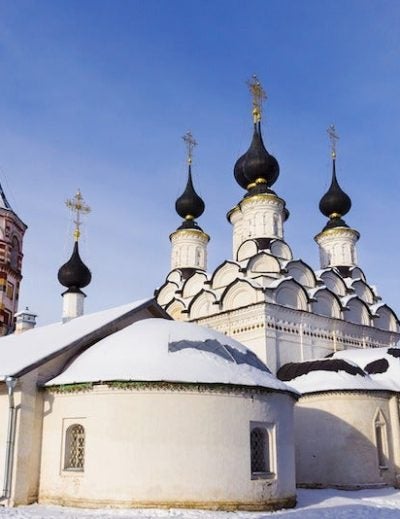
Villa Romana del Casale: A Complete Travel Guide
The Villa Romana del Casale, located just a few miles southwest of Piazza Armerina in Sicily’s Enna province, is one of the most extraordinary archaeological treasures in Italy. Nestled in the scenic valley of the River Gela, this sprawling late Roman villa was built between 320 and 350 AD and is world-renowned for its vast and remarkably preserved mosaics. These mosaics, the richest and most extensive of their kind, cover nearly 37,000 square feet and offer an intricate window into the art, mythology, and daily life of the late Roman Empire.
Recognized as a UNESCO World Heritage Site since 1997, the villa’s historical and artistic significance lies not only in its stunning artworks but also in its architecture. It functioned as both a luxurious residence and the center of a large rural estate, known as a latifundium, dedicated to agricultural production such as oil, wine, and cereals. Today, the Villa Romana del Casale stands as one of the most impressive examples of Roman luxury and culture preserved anywhere in the world.
To explore more cultural attractions across the island, see Exoticca’s guide to the things to do in Sicily.
Historical Background
Archaeological evidence places the construction of the villa in the early 4th century AD. While its true owner remains a mystery, the most widely accepted theory attributes it to Lucius Aradius Valerius Proculus, a prominent Roman senator and governor of Sicily during the Constantinian era. The villa’s scale and opulence suggest that it was built for an elite family wishing to showcase their wealth and influence.
Over time, the villa remained inhabited through the Byzantine and Arab periods but was later damaged by the Normans around 1160. A mudslide from nearby Mount Mangone in the 12th century buried much of the complex under layers of earth, which ironically helped preserve its mosaics for centuries. Rediscovery began in the 19th century, with major excavations in the 1950s by archaeologist Gino Vinicio Gentili, who revealed the villa’s extraordinary artworks to the world.
What to See
The Mosaics
The villa’s main attraction is its vast collection of colorful mosaics, covering around 3,500 square meters. These artworks depict mythological tales, daily life, sports, and nature scenes with incredible realism and detail. Experts believe the mosaics were created by North African artisans, whose techniques reflect the artistic influences of Carthage and other Mediterranean centers.
Highlights include:
- The “Bikini Girls” Mosaic: Found in room 34, this mosaic portrays young women engaging in sports like running, discus throwing, and weightlifting—one of the earliest depictions of female athletes in history.
- The Great Hunt Corridor: A 200-foot-long masterpiece showing the capture of exotic animals, such as elephants and tigers, for Roman games. The mosaic’s scale and sophistication illustrate the grandeur of imperial hunting expeditions.
- The Circus Games Mosaic: Depicting a thrilling chariot race in the Circus Maximus, this scene captures the excitement of one of Rome’s most popular forms of entertainment.
- The Hercules and Labors Mosaic: Located in the triclinium, it represents mythological themes, including Hercules’ triumphs and the birth of the vine.
Architecture and Layout
The villa was designed as a single-story complex organized around a central peristyle courtyard. It features monumental entrances, ceremonial halls, and luxurious private apartments.
- Monumental Entrance: Accessed through a grand triple-arched gate that once led to a courtyard with marble columns and fountains.
- The Basilica: A majestic hall used for official audiences, decorated with colorful marble floors and columns of pink granite from Egypt.
- Thermal Baths: The villa’s bath complex includes changing rooms, warm and hot baths, and even massage areas, showcasing the Romans’ devotion to bathing rituals.
- Elliptical Peristyle and Triclinium: Used for lavish banquets and receptions, this section reflects the villa’s social and ceremonial importance.
Frescoes
While the mosaics are the main draw, traces of wall frescoes also survive, providing additional insight into the luxurious lifestyle of the Roman elite.
Visiting Information
- Location: About 3 km southwest of Piazza Armerina, Sicily.
- Opening Hours: Daily, 9:00 AM to 7:00 PM in summer and until 5:00 PM during winter. Check the official website before visiting.
- Tickets (2025): €14 for adults, €6 for children. Free entry is offered on select dates such as the first Sunday of each month.
- Guided Tours: Available in multiple languages and highly recommended for understanding the site’s history and artwork.
- Facilities: Visitor center, café, restrooms, and souvenir shops.
- Accessibility: Some areas are accessible for visitors with limited mobility.
How to Get There
- From Piazza Armerina: Local buses connect the town center to the villa several times a day.
- From Palermo: By car (approx. 2 hours), by bus with SAIS Autolinee, or by train via Enna.
- From Taormina: Organized excursions include round-trip transport and a guide.
Travel Tips
- Best Time to Visit: Spring and autumn, when the weather is mild and crowds are smaller.
- Recommended Duration: Plan for at least 2–3 hours to explore the site thoroughly.
- What to Bring: Comfortable shoes and water, as you’ll walk through large areas.
- Guided vs. Independent Visits: Hiring a guide enhances understanding of the mosaics’ symbolism and history.
Nearby Attractions
- Piazza Armerina: Visit the town’s Baroque cathedral and Palazzo Trigona, which houses local archaeological artifacts.
- Valley of the Temples (Agrigento): Often paired with the villa in guided tours, this ancient site is one of Sicily’s most important UNESCO landmarks.
- Other Sicilian Highlights: Discover Taormina, Catania, Noto, Siracusa, and Mount Etna for a deeper dive into the island’s culture and history.
Why Visit the Villa Romana del Casale
The Villa Romana del Casale offers a rare and vivid glimpse into the sophistication of Roman life in Sicily. Its spectacular mosaics, grand architecture, and rich history make it one of the most fascinating archaeological sites in Europe. Walking through its mosaic-lined halls feels like stepping back into the 4th century, where art, power, and daily life merged seamlessly in the heart of the ancient world.
If you’re planning a trip to Sicily, this site is an essential stop for anyone interested in Roman art, architecture, and history.


